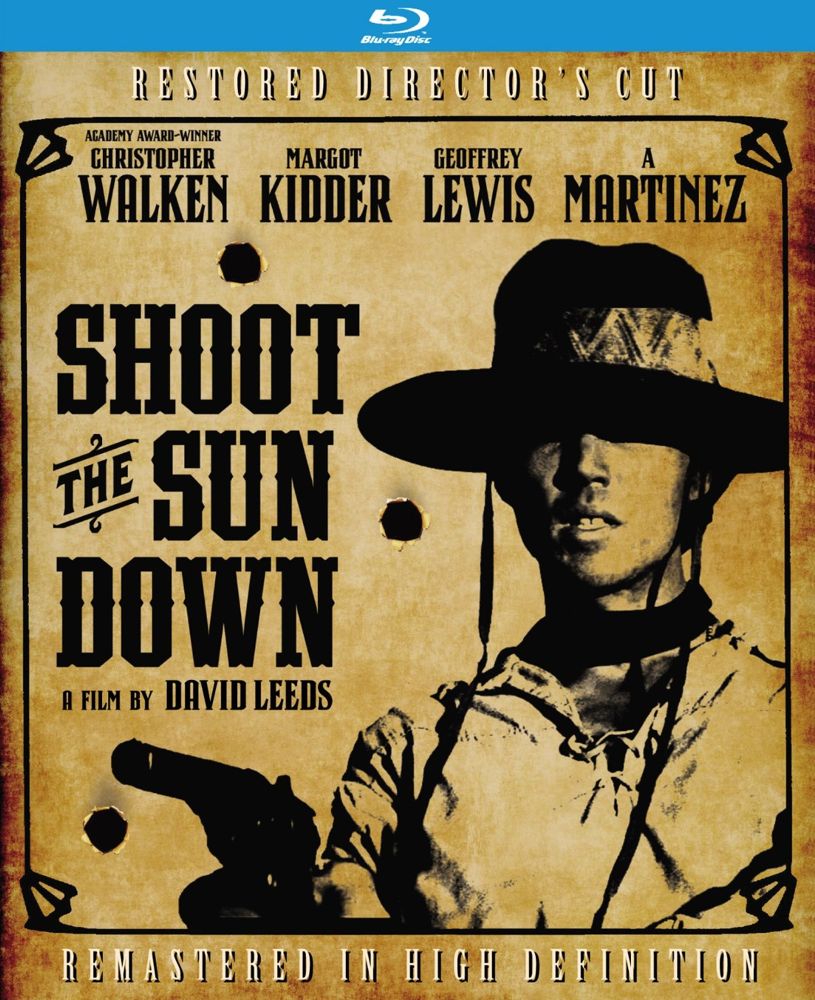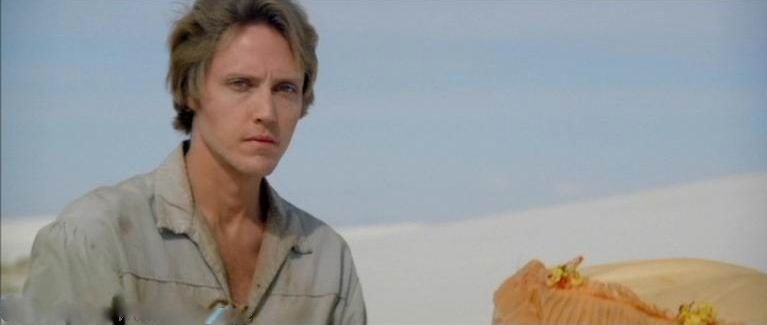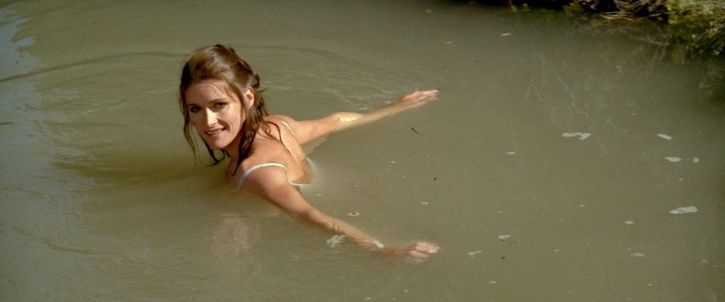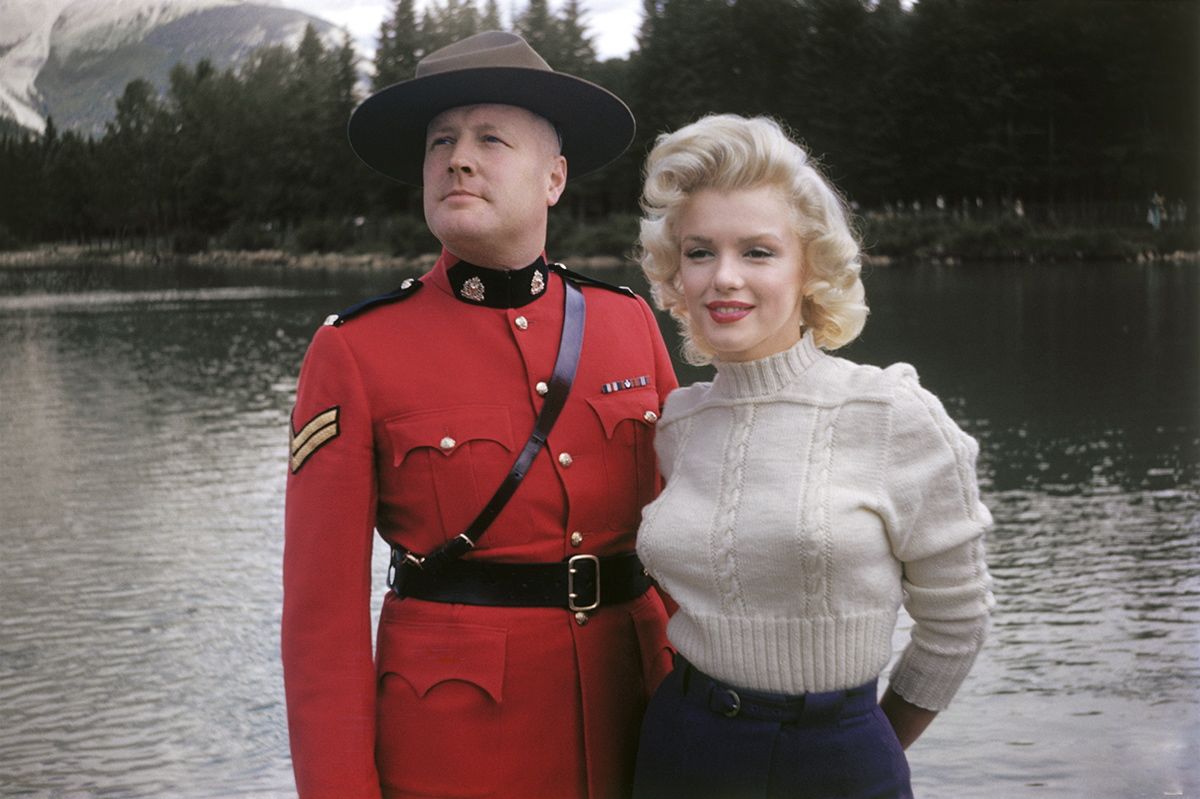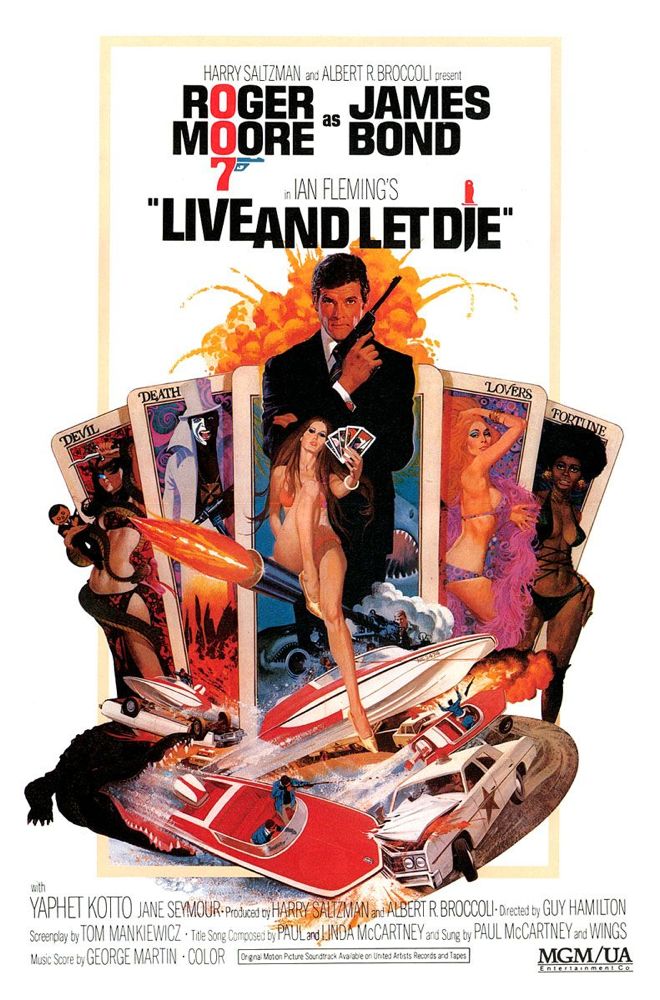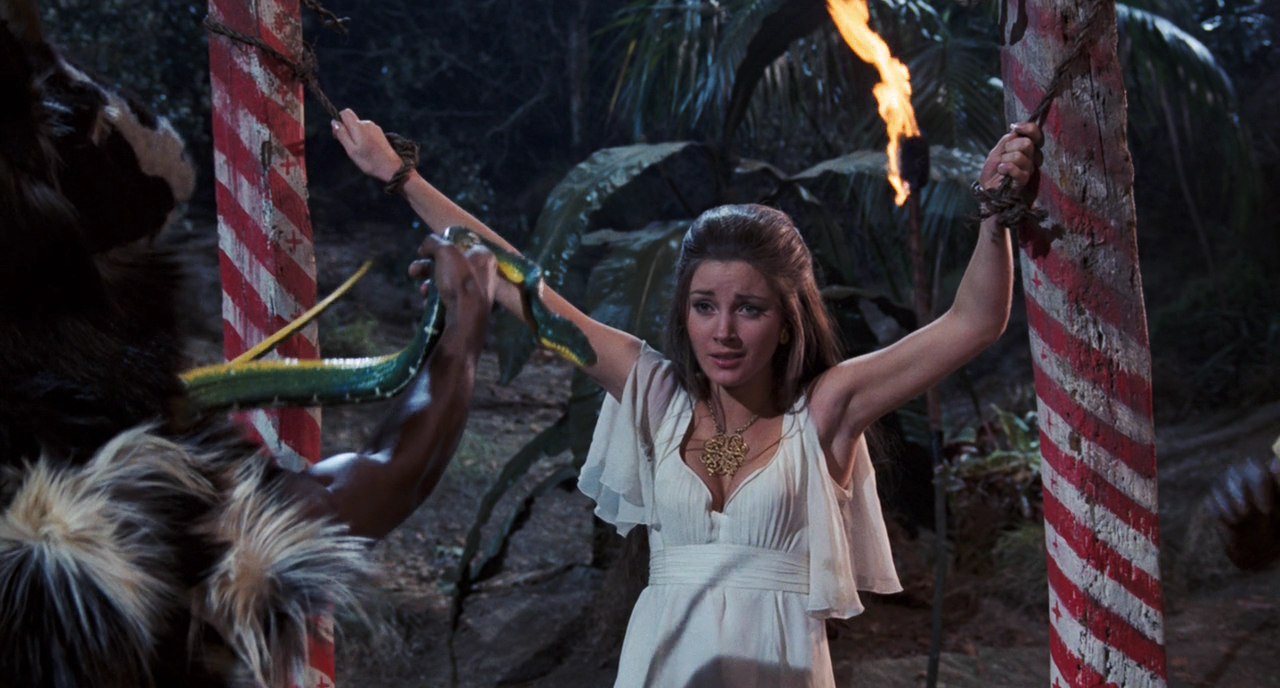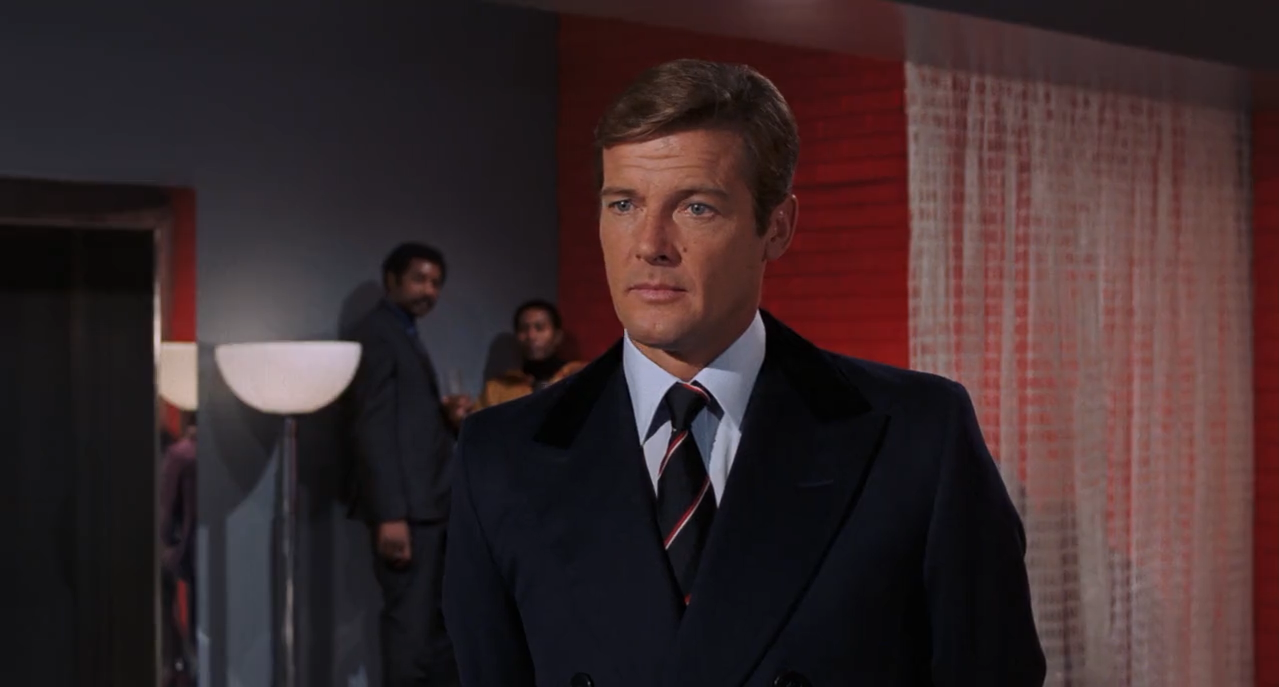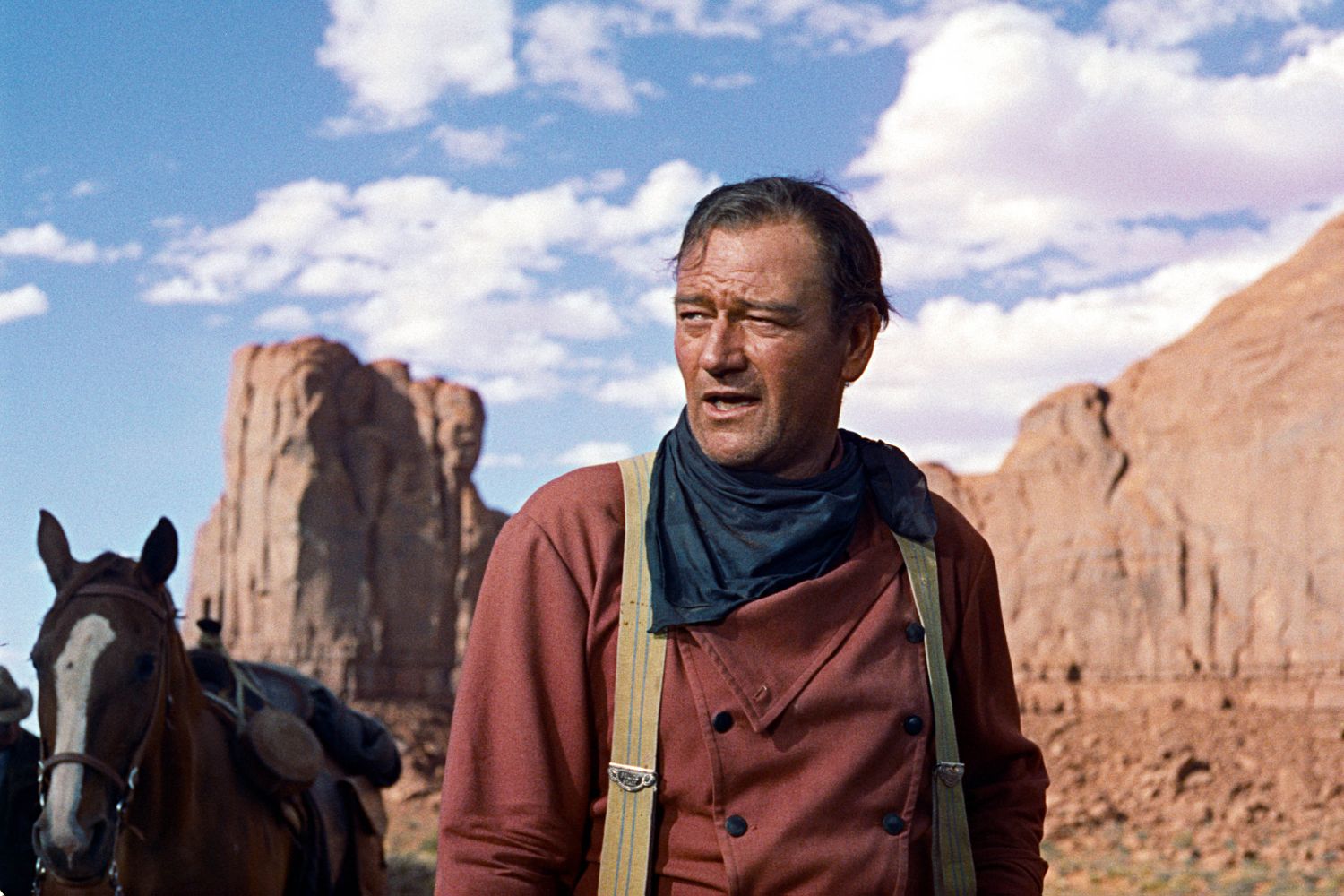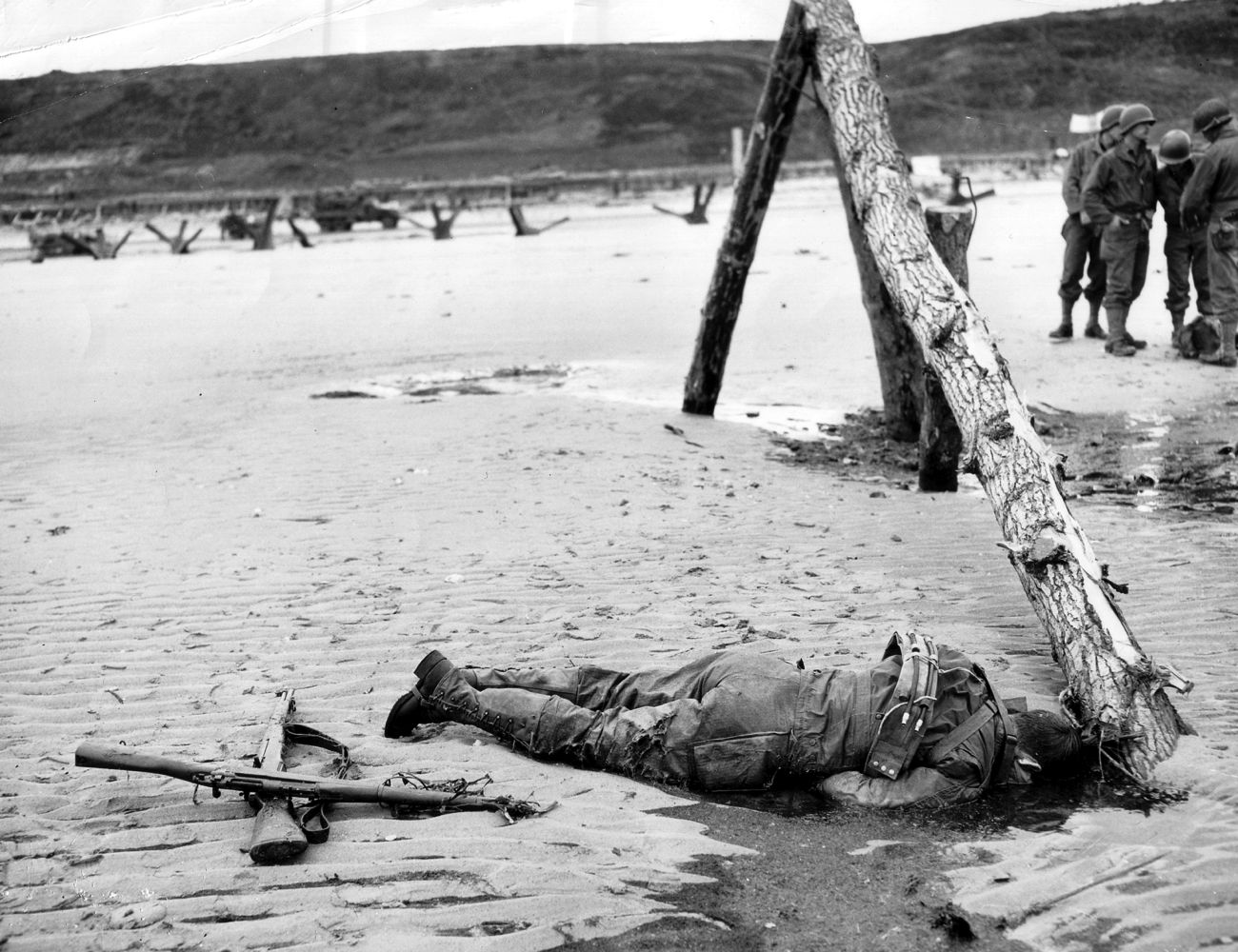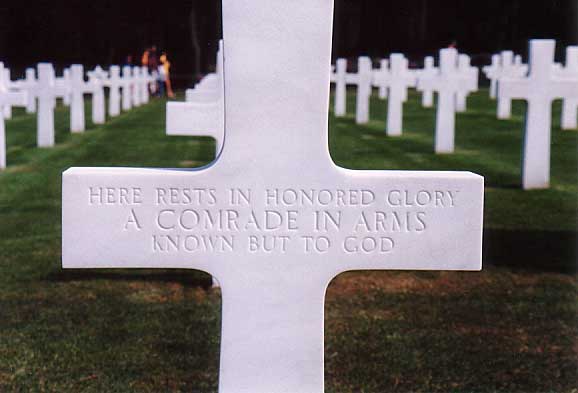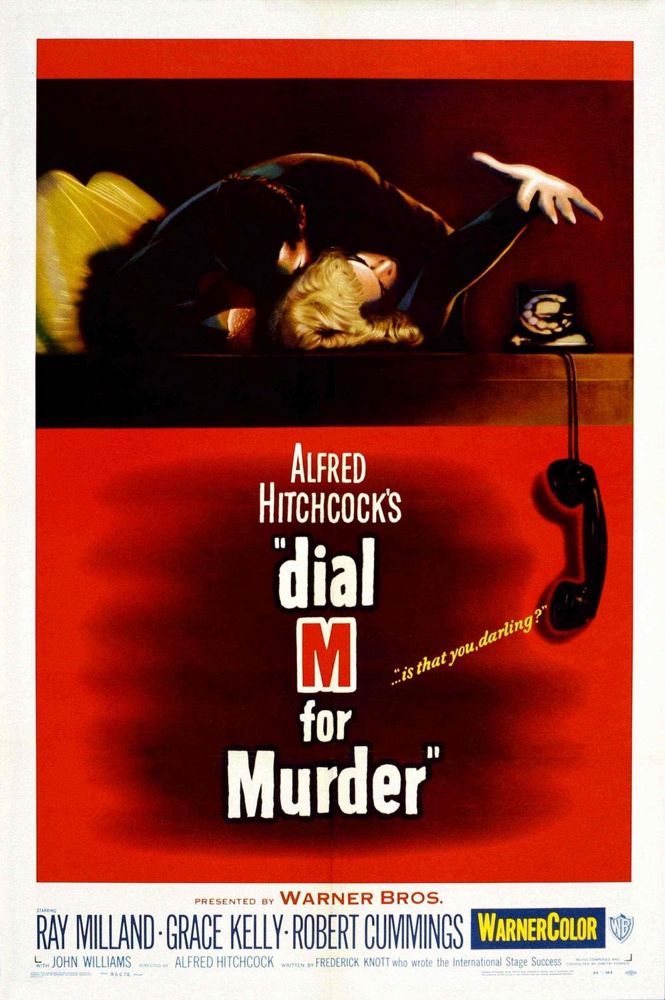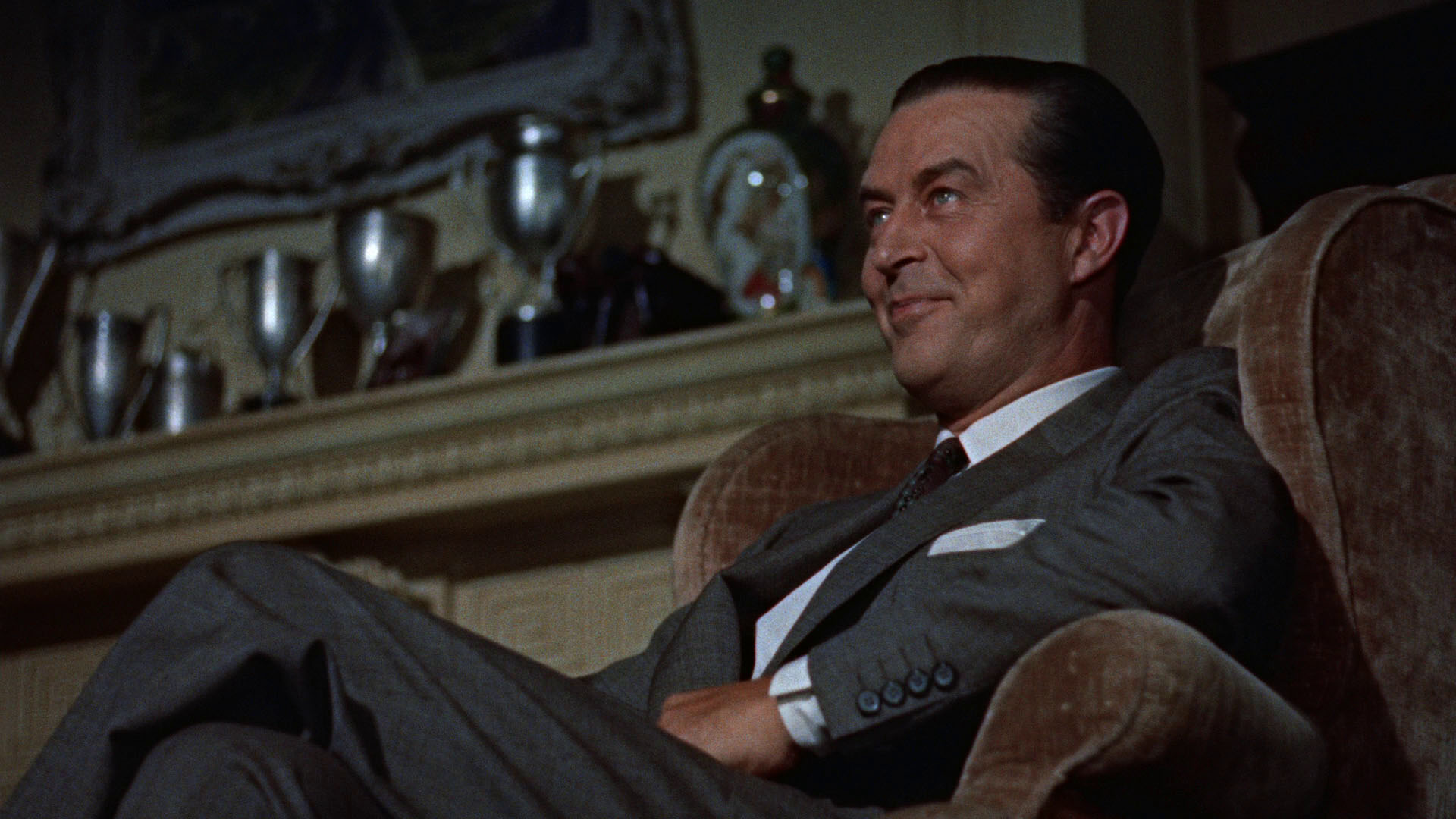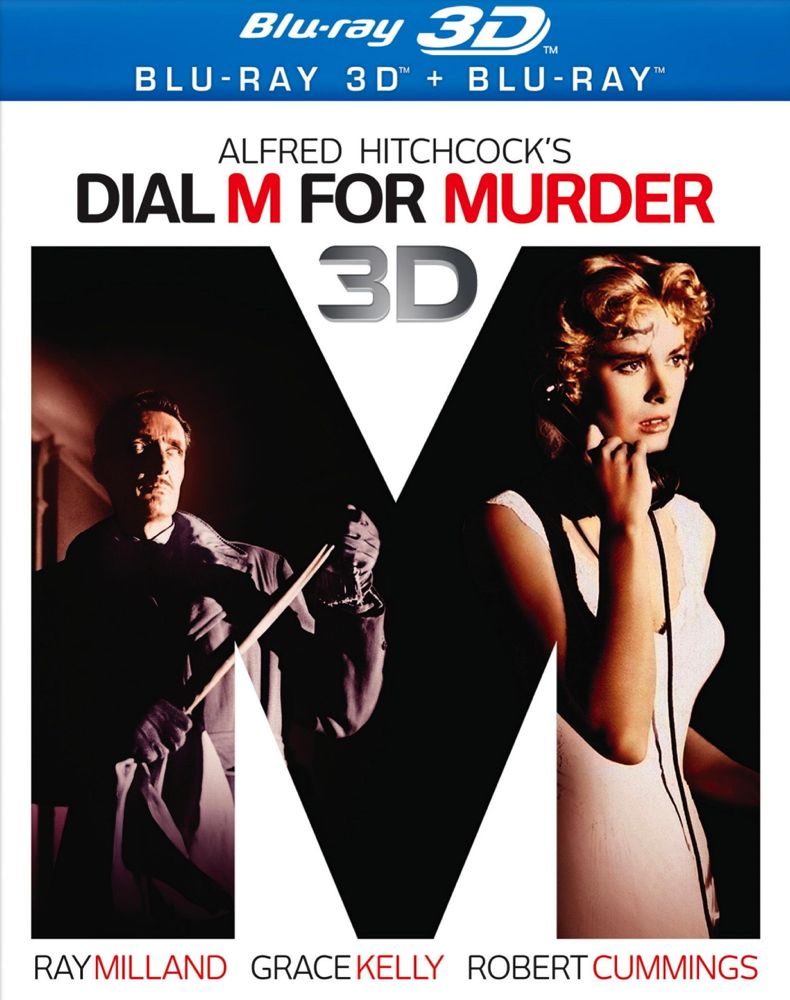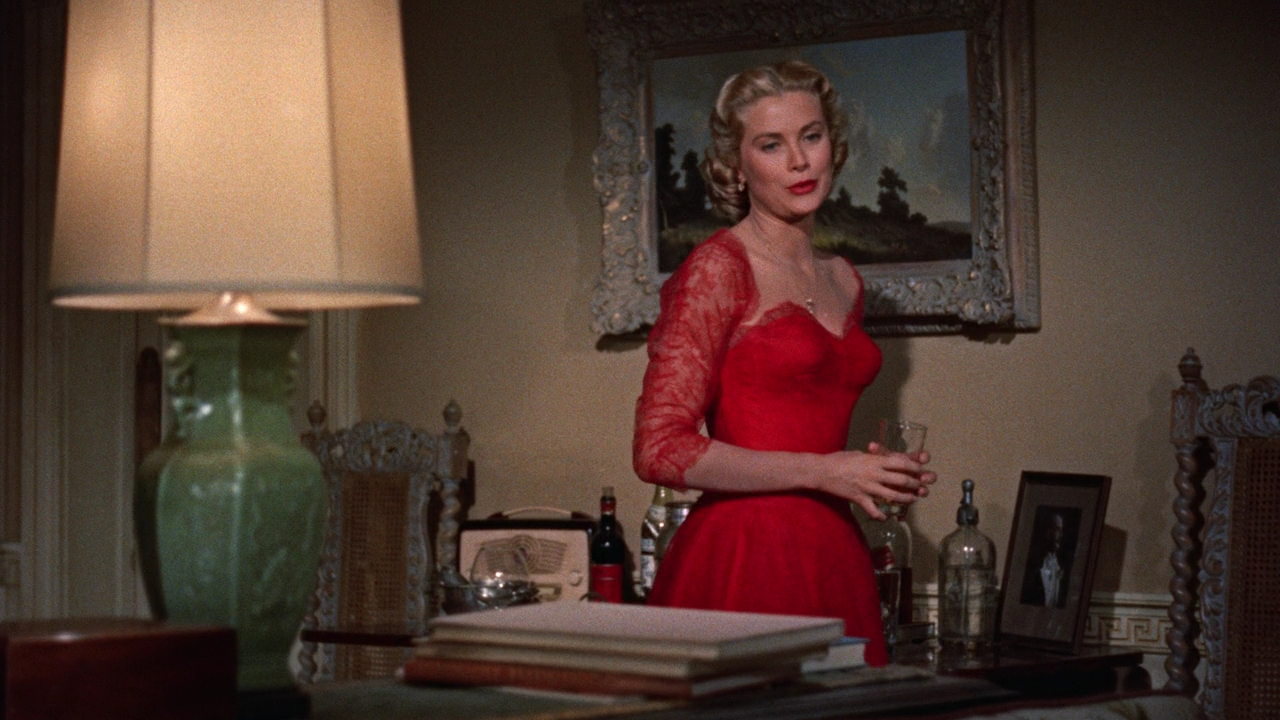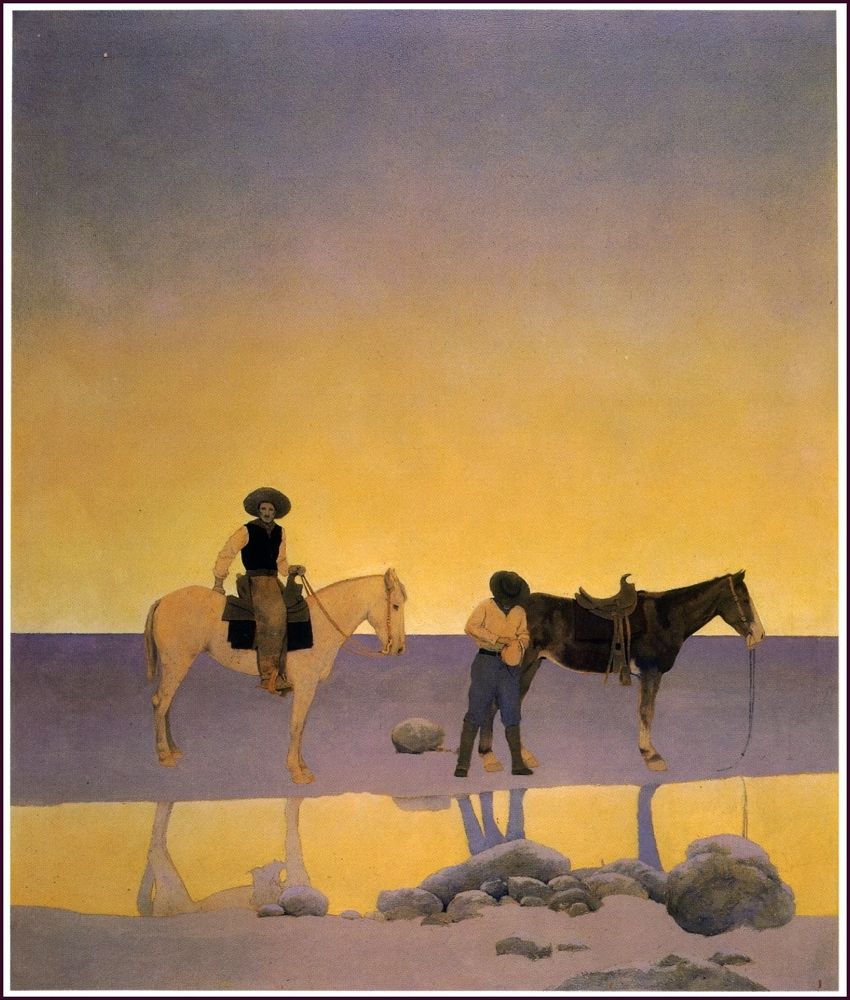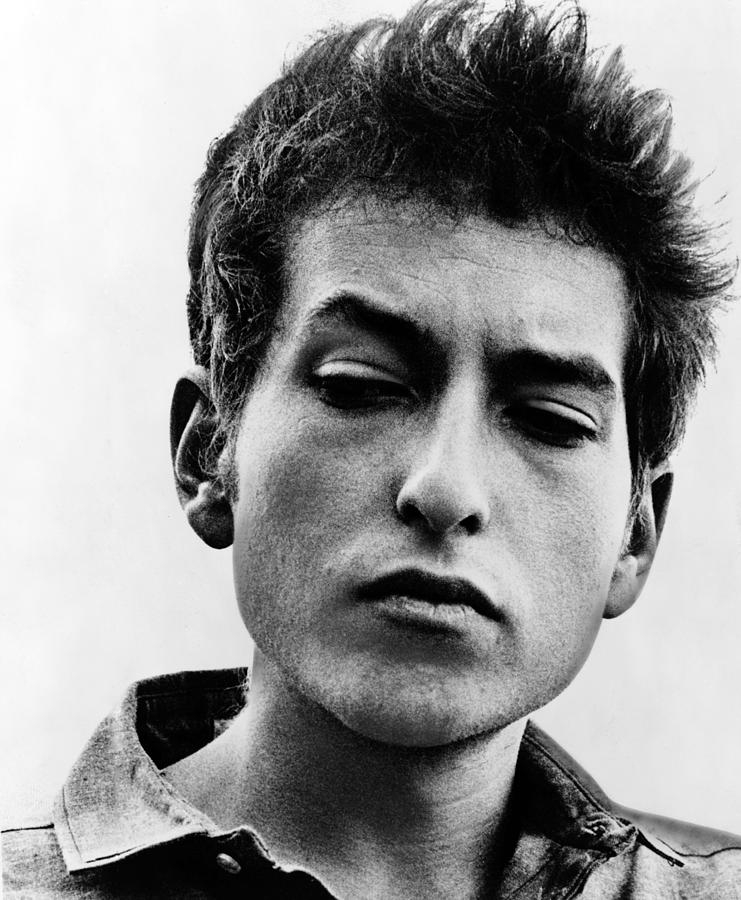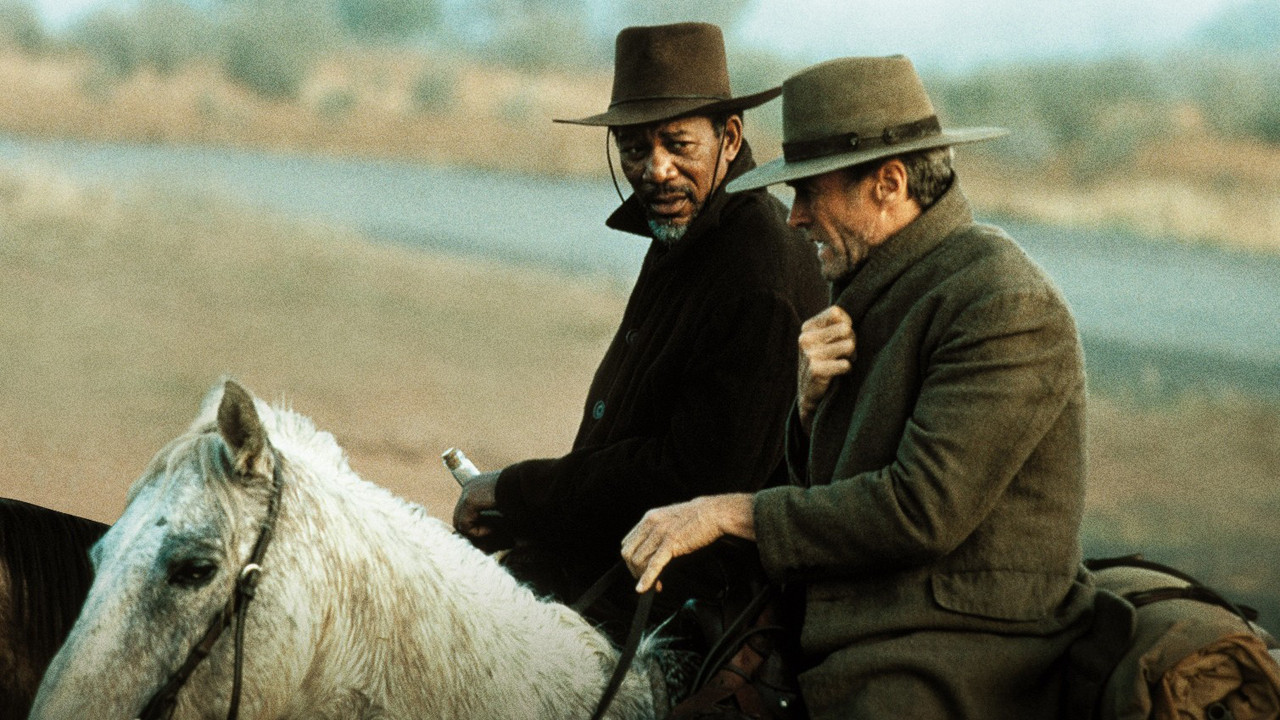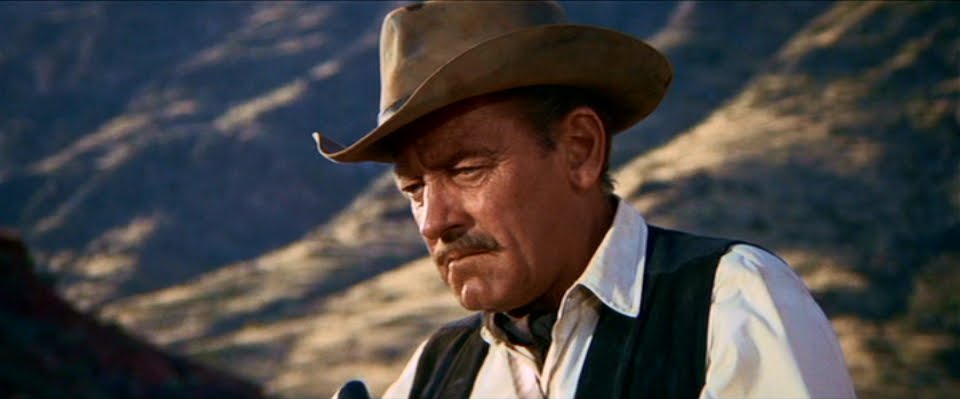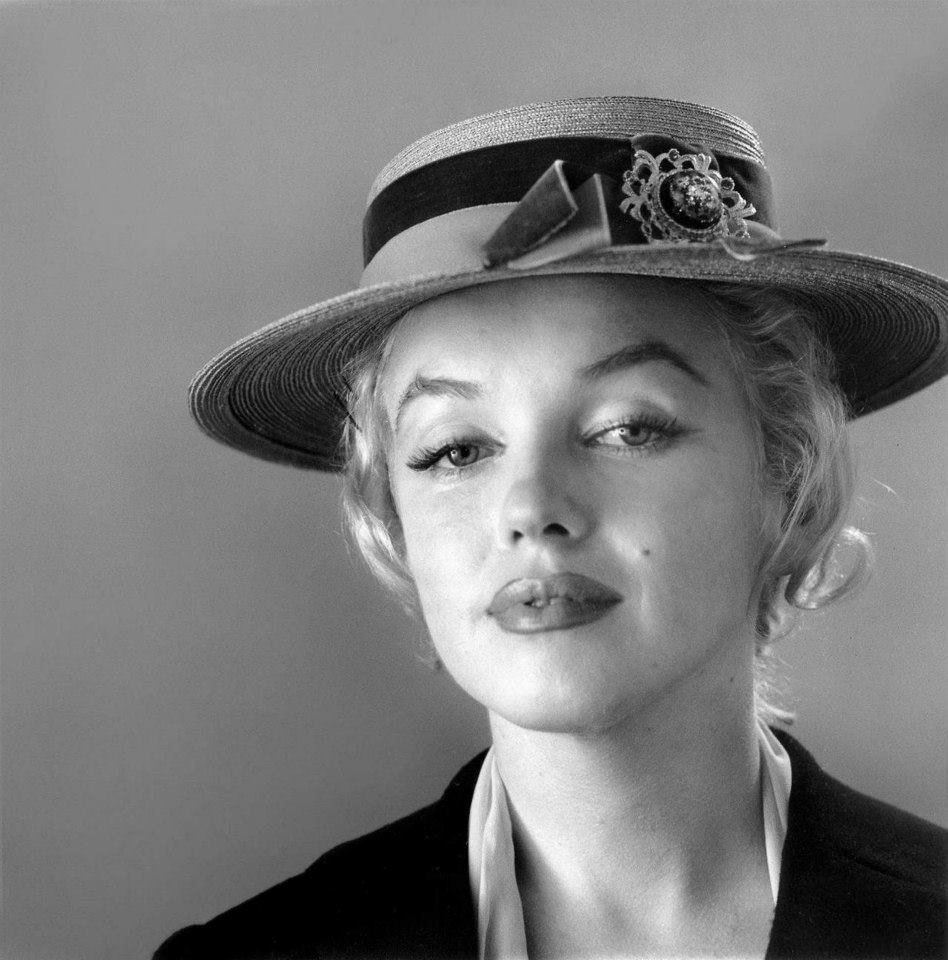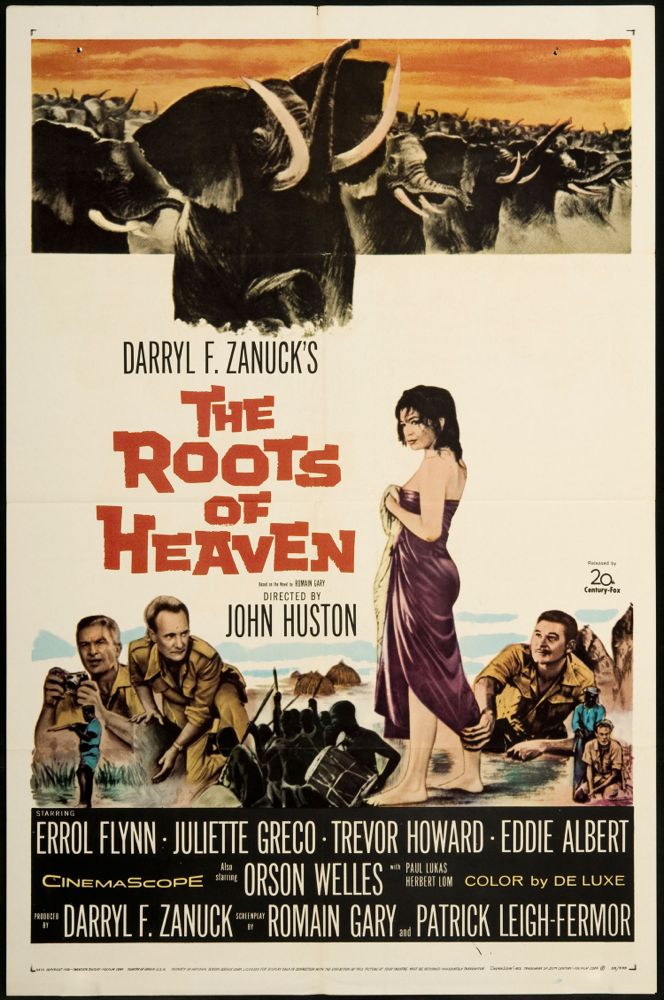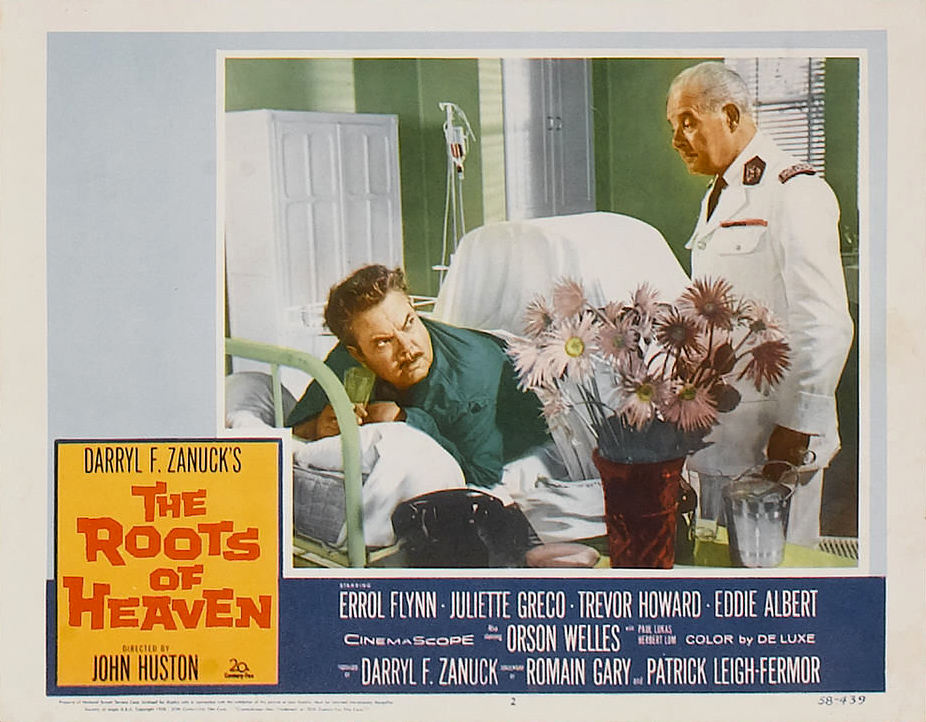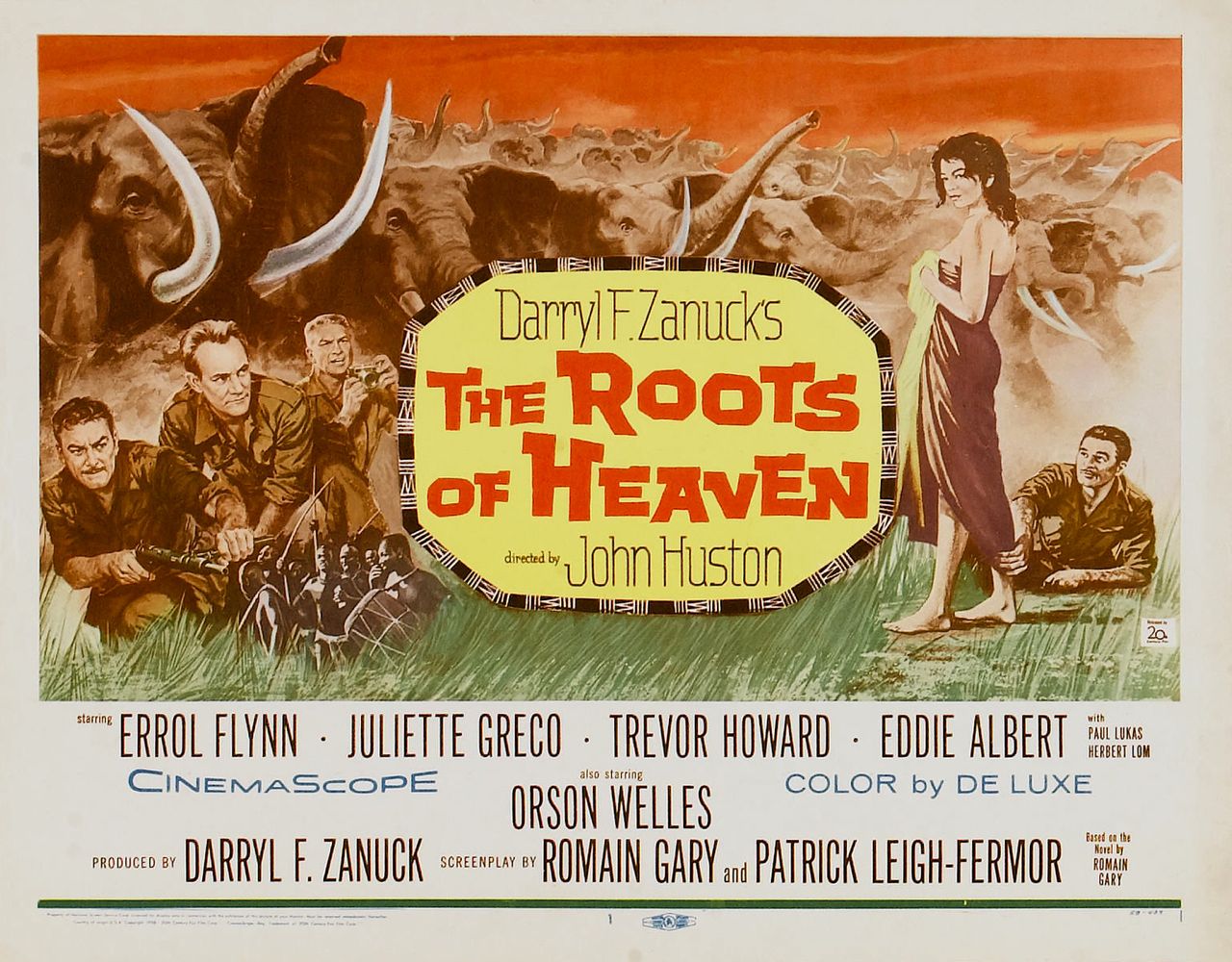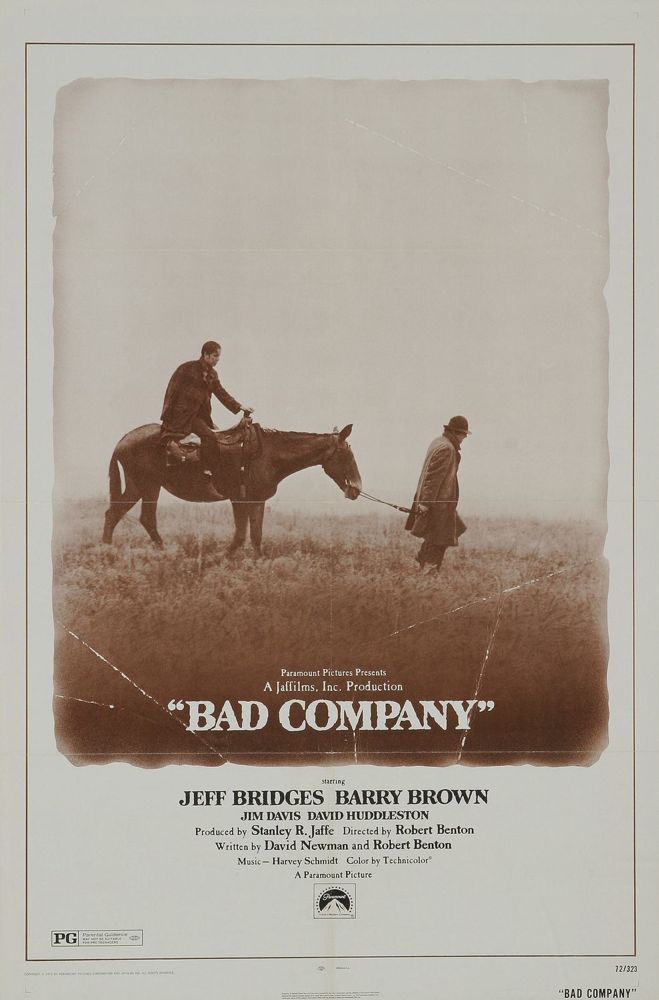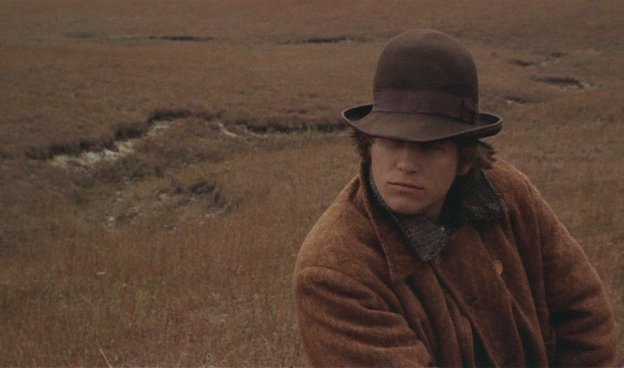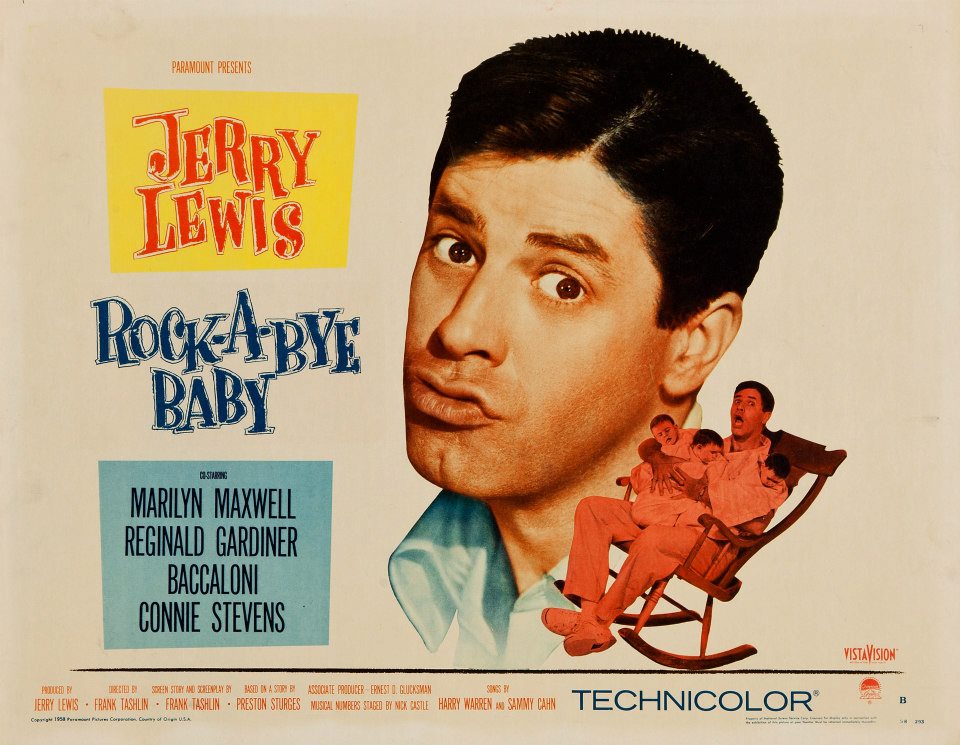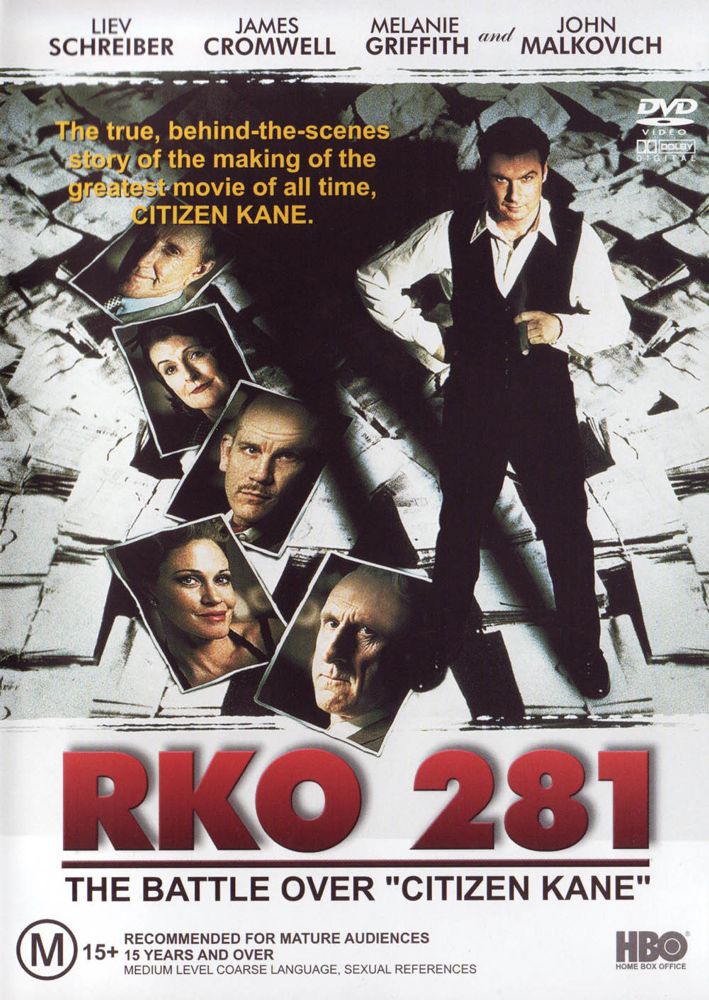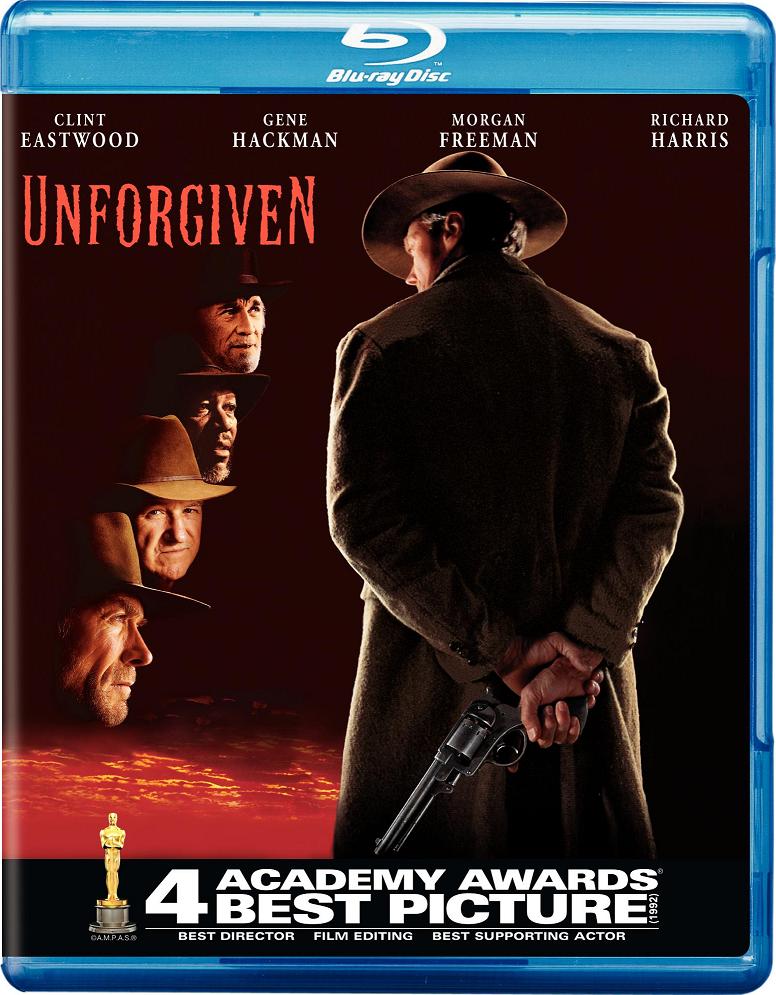
To my mind, this is one of the greatest Westerns ever made, all the more amazing for being made in the 90s, when Westerns of any kind were few and far between.
As I’ve written before, I think all truly great Westerns deal with the themes of shame, honor and redemption. They’re parables on the subject of being a moral person, usually a moral man, a worthy man. Because its setting is the American frontier, the genre is often seen, and sometimes dismissed, as the embodiment of a national myth, a myth about the nature of America itself, and it’s partly that, but it works on deeper and more universal levels, too, which is why it has been embraced internationally.
It’s a genre about achieving full manhood, and sometimes full womanhood, seen as states of moral maturity.
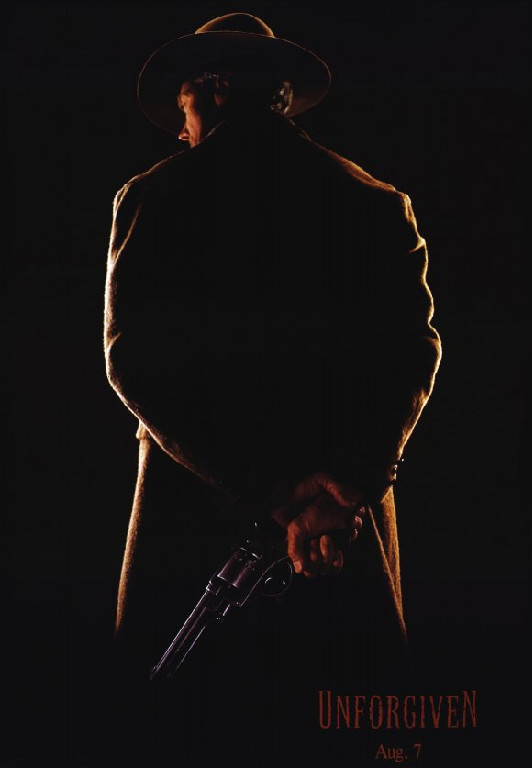
Clint Eastwood’s Unforgiven is an example of how dark and morally problematic a Western can be and still stay within the traditional bounds of the genre. Its protagonist William Munny, a reformed drunk and killer, has put his outlaw ways behind him under the influence of a good woman — but she’s dead and has left him with two small children to raise.
He’s lured into doing one last job as a gun for hire, which he takes on so he can give his kids a new start somewhere far from their failing farm. But he’s also willing to take the job because it involves helping a group of prostitutes get revenge on a couple of cowboys who have cut up the face of one of their number. Munny has killed innocent women in his day, in the course of committing crimes, but has experienced profound remorse for this. Coming to the aid of the powerless women feels on some level at least like a means of redemption.
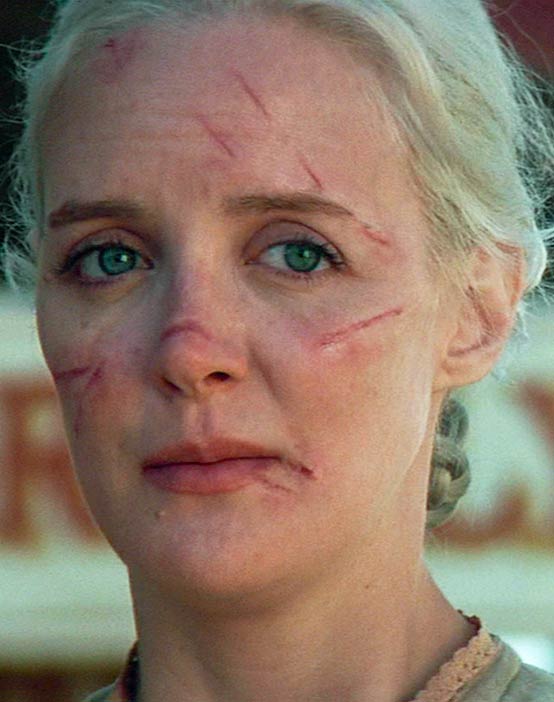
But things don’t turn out to be so simple. The cut whore for whom revenge is sought doesn’t seem all that passionate about revenge herself. One of the cowboys who wronged her is not such a bad guy. Munny’s two cohorts in the killing for hire become disgusted by the job.
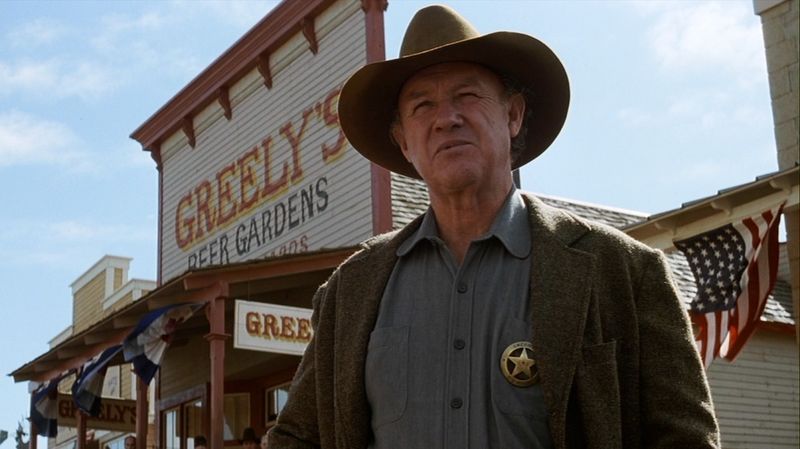
The real villains of the piece turn out to be a sadistic sheriff and an exploitative brothel keeper, to whom Munny will eventually deliver justice — escaping with his moral code compromised in some respects, honored in others. There is a confused, bewildered nobility in the man which triumphs in the end . . . but just barely.
Eastwood’s film is expertly crafted and acted, complex and disturbing and inspiring all at once. It’s a great work of art. The Blu-ray of Unforgiven belongs in the home of every fan of the movies.

